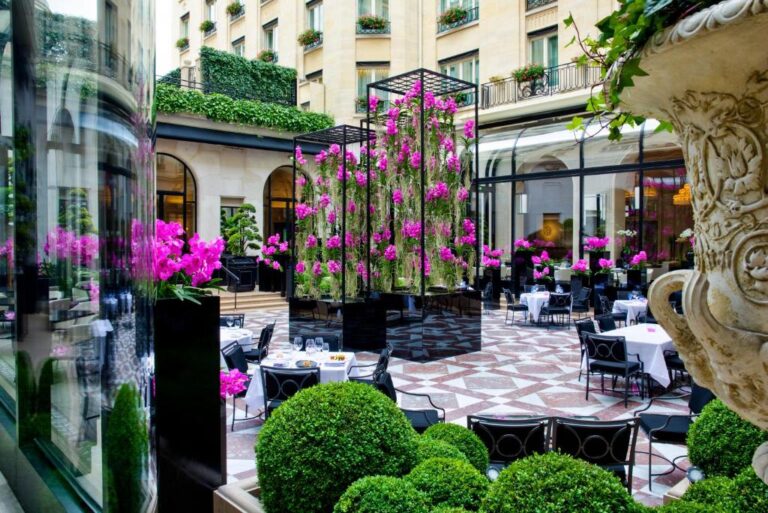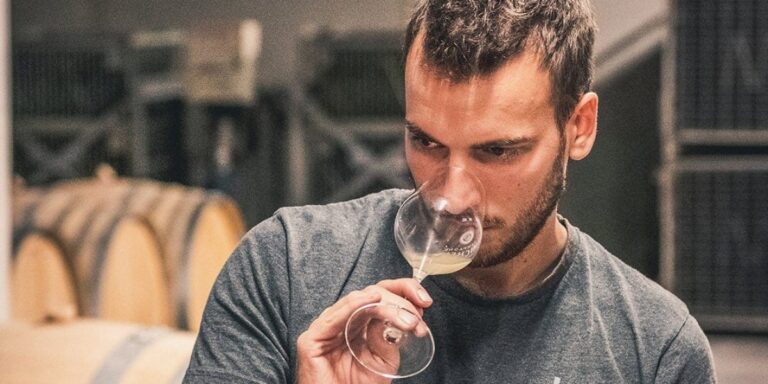INTRO Under the arm I glimpse something with a bulging shape much like a champagne bottle … On the direct question my friend smiles softly. He has brought a bottle as a birthday gift to our friend whom we are celebrating his birthday during the evening.
The label has been gone for decades in a damp champagne cellar. The once-shimmering foil top is matte green in color where it is possible to distinguish the characteristic gold-shimmering letter ‘S’ followed by ‘Le Mesnil-sûr-Oger’. The steel grille bursts off the edge of time. The cork is removed with a gentle twisting of the bottle. ‘Plopp’, from the bottle flows a cannonade of the old champagne’s aromas; lightly burnt butter flavors, confit figs, brûlée notes … Any bubbles? Almost none at all, but a little ‘carbonated whisper’ on the tongue could be expected. What else to expect from a bottle where the grapes were harvested in 1921?

1825
1825 Perrier-Jouët ’Sillery Vinothèque’
83(83)p
Tasted in march’09
’The oldest champagne in the world!!!! 184 years old and still enjoyable. The emotional cli-max at P-J’s already legendary vertical tasting in March 2009, of course. On the other hand far from being a climax as regards quality, that magical day. Seen from a purely objective point of view this was one of the few vintages that displayed distinct oxidation aromas, reminding one very much of a dry although definitely fine sherry. Precisely this dryness and the high acidity surprised me, as did the fine tone of caramel which, according to the winemaker Hervé Deschamps, was more accentuated when he drank the fourth last bottle 15 years ago. This wine shows with all possible clarity that champagne has a longer life than human beings. One would have to compare it with giant turtles instead in that respect. But the comparison stops there. Any bubbles? Hardly, but a tiny carbon dioxide whisper on the palate could just be distinguished. The composition of the grapes seems to be approximately 70 % Fromenteau from the Sillery region, 10 % Pinot Noir from Aÿ, and 10 % Pinot Meunier from Mareuil.’
Subscribe for 5.9€ a month for full access to the Tasting Library, exclusive articles, videos events and more





